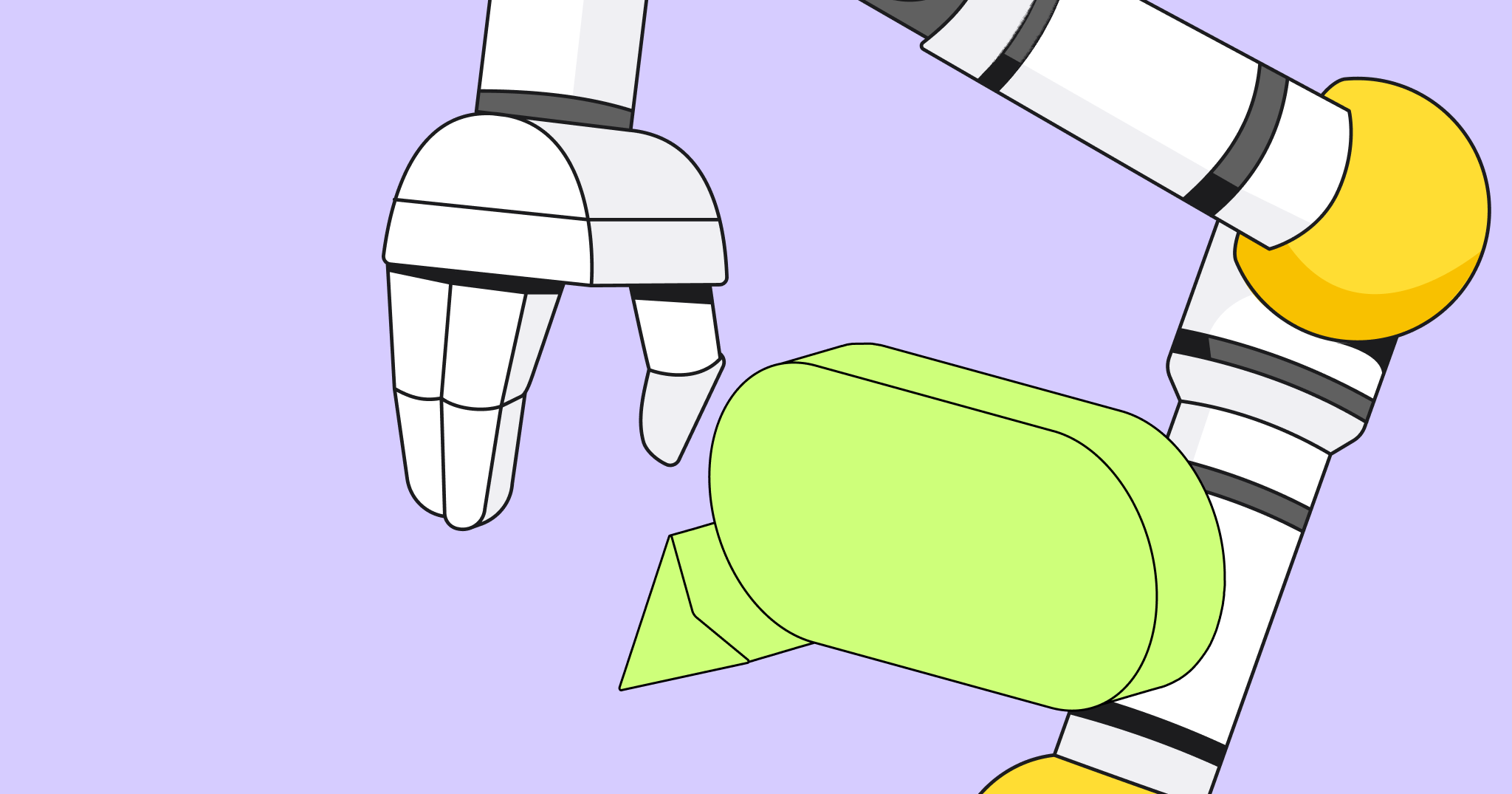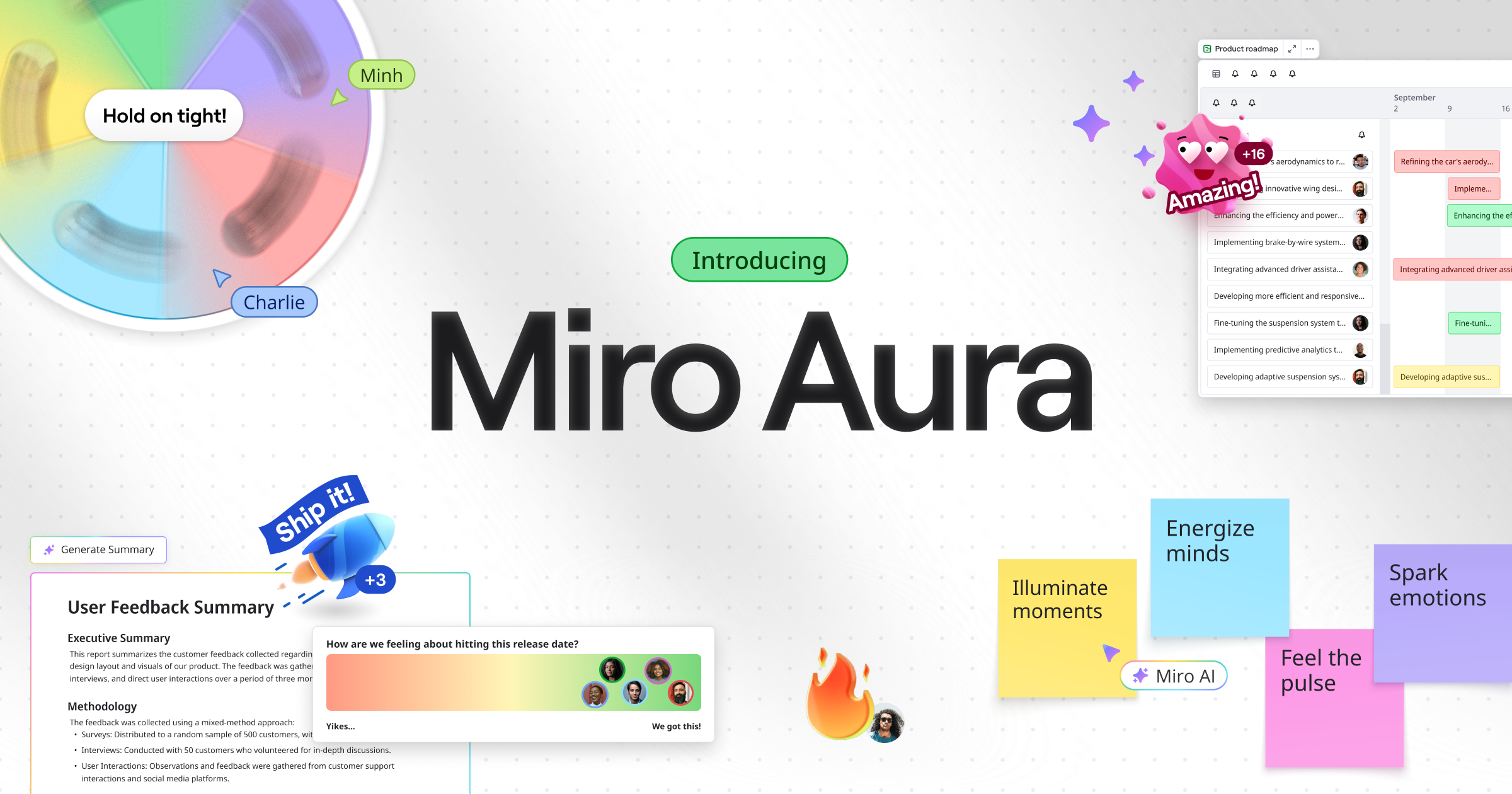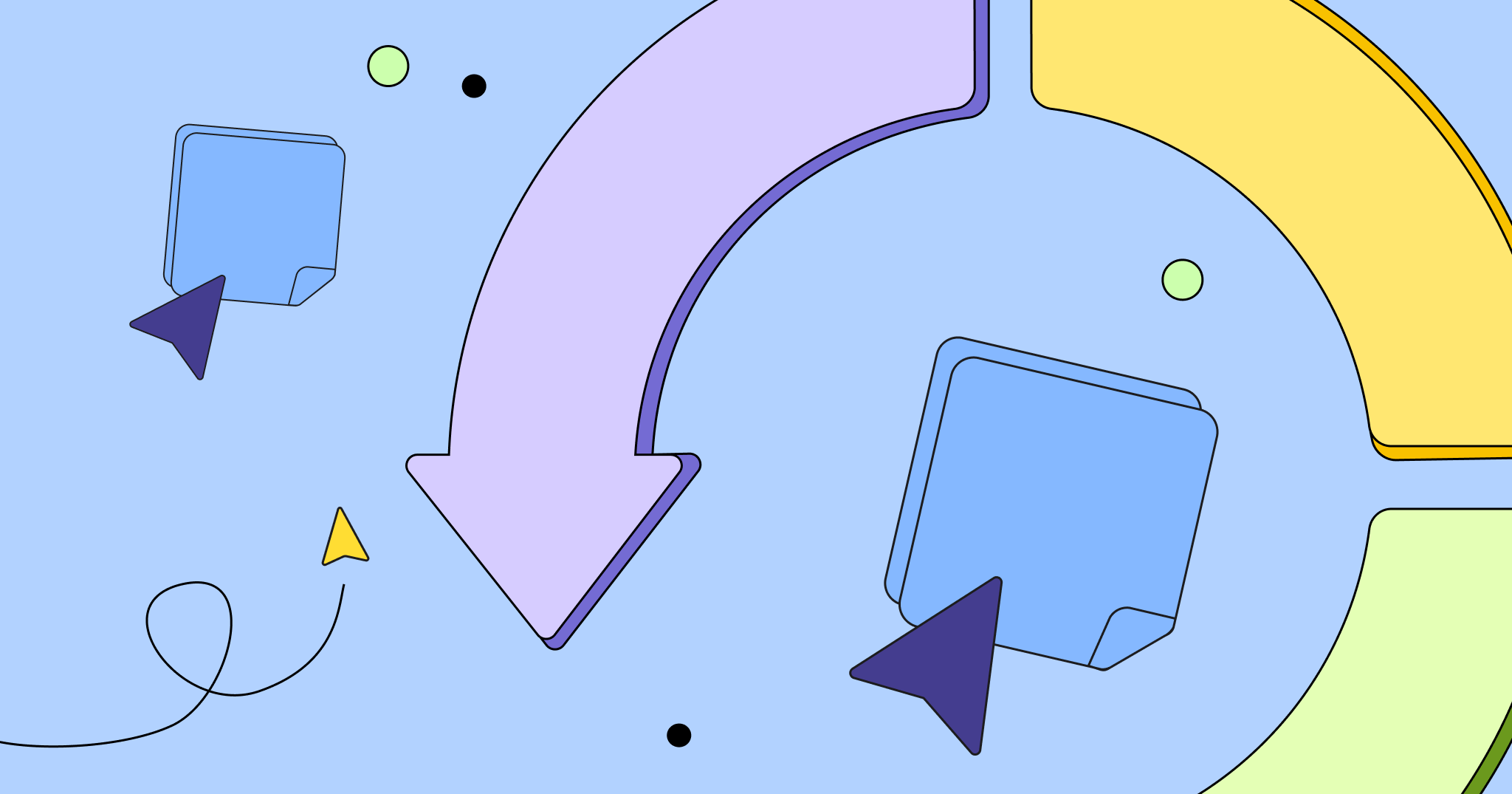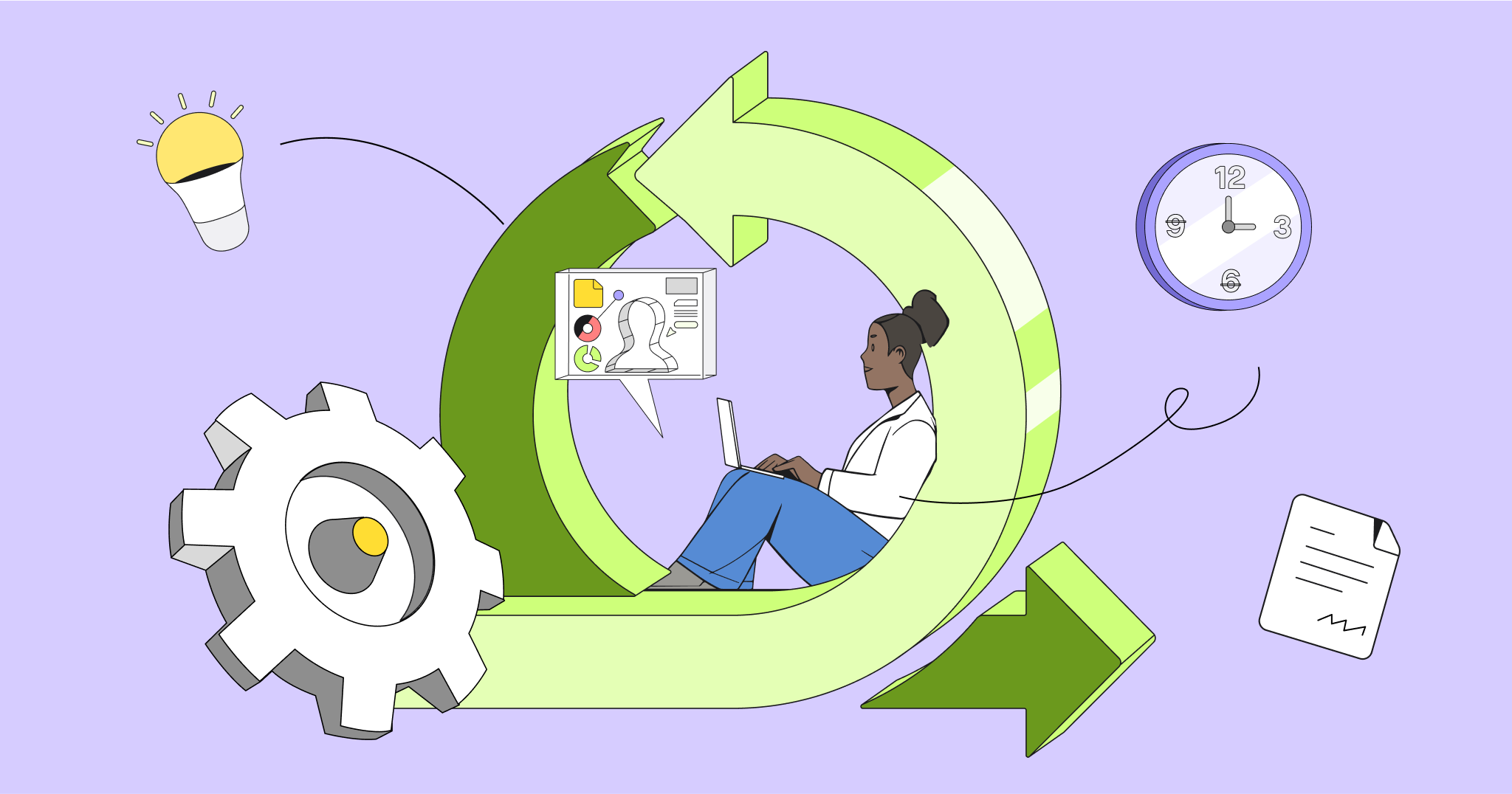You may have already heard the news that we recently rebranded: RealtimeBoard is now Miro. In previous posts, we’ve covered why we felt this change was necessary and how our CMO approached the rebranding project. This post is focused on how we worked with our agency partner, Verve, to create our new brand identity. From navigating creative briefs and condensed timelines to getting sign-off from stakeholders across different offices and time zones, here’s my advice for undertaking an ambitious project with an external agency.
Step 1: Align everyone around goals and expectations
Before we jumped into working with an agency or creating designs, we started with a brand sprint to agree on what kind of company we’re building. Our entire leadership team took part in this important process. You can’t come up with a new brand every year or two. So if we’re making this investment, we needed to think long-term about our company and brand. This helped us get on the same page about our expectations and was really helpful to understand each other’s inspiration.
How running a remote brand sprint helped us tell our company’s story.
Step 2: Turning alignment into something visible
We took the results of our brand sprint and translated them into a creative brief. Many teams use some sort of creative brief, which may look a little different depending on the team and their goals. In our case, the creative brief was a Miro board that provided an overview of who we were as a company, our customers, outcomes of the brand sprint, and our goals for the rebranding project – for example: establishing a solid, recognizable, and outstanding brand in the SaaS market and pioneering new approaches to product storytelling. We also outlined our timeline for the rebranding project (3 months).
Step 3: Finding the right partner
The next step was to find an agency partner who was ambitious enough to complete our brief in the given timeframe. This wasn’t easy—I was looking at agencies in the Netherlands and San Francisco, since we have offices in both of those places. Even though our product helps distributed teams feel like they’re in the same room, we recognize the importance of having in-person contact from time to time.
I researched over 100 agencies, created a short list of 18, reached out to them, and presented the brief and timeline. Normally, we would leave it up to the agencies to come back with their proposals. But since we had very limited time, I realized I needed to work closely with them on their proposals so stakeholders could easily compare them.
During this time, I acted more as a team member inside the company, rather than following the traditional client/vendor relationship. This worked well and showed the agencies we were in it together.
It wasn’t easy to choose an agency, but it was much easier than if we’d just let them work on the proposal alone. We reviewed the proposals via Zoom, spent a few days to review and process, and made our decision. Once we’d decided on our agency partner, we discussed the quote, budget, and technical plan. And then we kicked off the project!
Introducing our partner, Verve
Verve is a Netherlands-based digital, strategy, and design agency whose philosophy is to “outshine your competition to reach the masses.” They pride themselves on working for ambitious brands.
Miro helped us to get a clear overview of the entire project. It enabled us to collaborate in new ways, while still having goals, ambitions, and progress aligned across the whole team. There was almost no learning curve; the team just hit the ground running.
Step 4: Finding the right approach
We knew from the beginning that our project was extremely ambitious. We had five weeks to do developing our new brand platform, initial logo, color palette, and visual system. Most companies spend around a year on this project.
We were excited to work with Verve because they take an agile approach to design. This shortens feedback loops and facilitates quick iterations. A feedback loop that might take a week in a different agency can be completed within 4-8 hours at Verve—sometimes even shorter.
Before we started, they broke down the project into five sprint weeks. Each week, there was a final outcome that was presented at a demo. The first week would be brand strategy, the second was brand platform, etc. And each day was composed of several meetings. We had a daily standup in the morning, mid-day review, and wrap-up at the end of the day.
Here’s an overview of what we did each week:
Week 1: We processed all the documents and input from the Miro team (strategy, mission, visual research, mood boards, and sources of inspiration), picking out the important pieces that would influence our brand strategy and arranging them in one space to connect the dots between these pieces.
Week 2: We focused on developing our brand platform, the high-level strategic concept that lays the foundation for developing our brand identity. The brand platform describes the context of where we are now, the key problems we address, and the key personas we’re developing our brand for.
Week 3: We developed our creative directions, translating our brand platform into more visual and tangible assets that represent our brand essence and can visually communicate our brand values to our audience.
Week 4: We developed a chosen direction, testing out the creative ideas across different environments and assets such as product, digital, print, experiential, etc.
Week 5: We processed feedback and prepared all the deliverables before handing them off to the Miro Brand Design team.
We experienced that the project team across the world came together in even more ways than we expected: speaking the same professional language, getting on the same page, and getting inside each other’s thinking processes.
Step 5: Choosing the right toolkit
We used Miro for everything— feedback, planning, and more. I can’t imagine how we could have made this happen without Miro. And I’m not just saying this because I work here! We have five offices, and the project involved around 50 people. It was so easy to have visibility into everything.
You could see what was added, give instant feedback, provide reference images, video, gifs, etc. It’s so easy to see how it evolved from a strategic, high-level concept into practical things like icons, logos, etc. You can easily have the different brand directions on the same board and compare them. And it’s really fast! Although it appears simple, Miro is powered by complex engineering.
The collaboration tools that powered our rebranding project
- Miro
- Slack
- Video chat + Zoom
- Frame.io (for creating brand video)
Within Miro, we used mind maps, simple workflow diagrams, and frames to structure the content on the board, plus all the widgets like sticky notes and comments. We uploaded a lot of images, PDFs, videos, and gifs. We used a feature that extracts slides in PDF. One of my favorite features is the ability to link to any widget on the board. For example, you can give a link to a particular comment. You Slack it to someone and it’ll go to that exact comment.
One of the reasons everything worked so smoothly was that we made Miro a central hub for our collaboration. It was the default app I’d open in the morning to leave comments and follow up after our discussions. It has the added benefit of making everything visible for all the stakeholders. Everyone who’s on a board can see it and follow its progression, unlike a Slack conversation that’s only visible to the people who are involved in it.
Most useful features of the Miro platform
- Infinite workspace
- Keeping work and feedback together—everyone’s on the same page
- Video for standup meetings
Collaborating with 20+ people all over the world poses quite the challenge. Working within the Miro platform enabled us to bring our working methods to the next level and meet tight deadlines. It wouldn’t have been possible to create the brand story and brand platform without using Miro.
Step 6: Testing and rolling out in different environments
We organized a brand design hackathon for one week, where our in-house brand design team put a new (but not yet finalized) identity on some assets outside the project scope, such as landing pages and websites. The goal here was to see how the branding worked in different environments and provide more comprehensive feedback to the agency.
Step 7: Present it to the company and partners
Despite our short timeline, we didn’t want to work in a vacuum—we wanted to get buy-in and input from our key audiences and partners. So we ran an internal presentation, combining the brand story reveal with our new identity and system.
It was essential to tell the high-level story behind the brand identity, rather than simply presenting a new logo, colors, and fonts. This story was the foundation for our brand identity. During this stage, we also tested some preliminary versions and different assets with some clients and partners to get their opinions.
Looking for a tool to work on a remote project?
We’re really excited about what we produced. We were able to meet our ambitious deadlines. We successfully launched our new brand at SXSW as planned, and we created a visual identity that transcends borders and is flexible enough to grow with us. Curious to see more? Stop by our brand page for an interactive experience with our branding elements and story.






